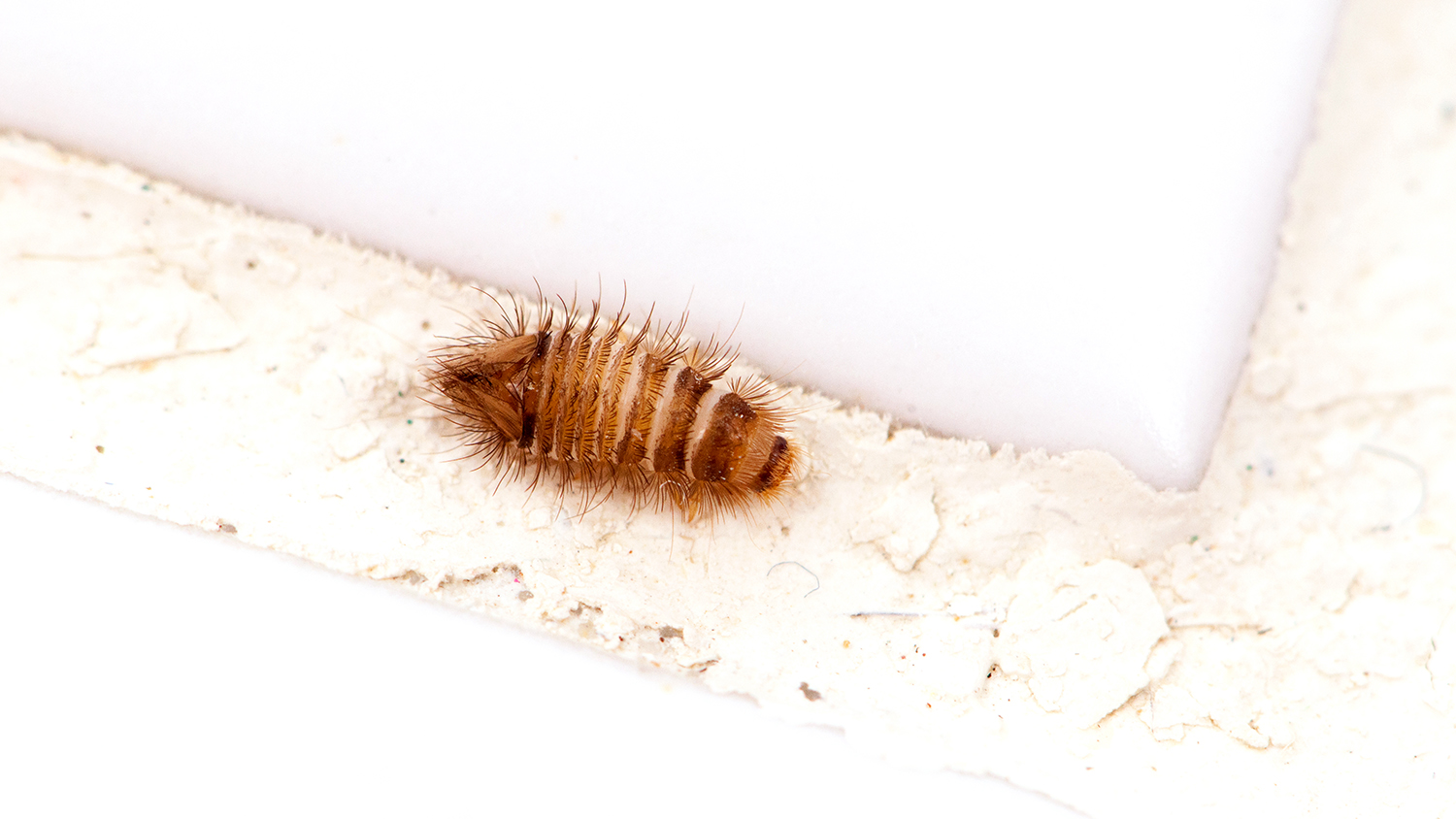Take Pictures of Your (Six-Legged) Roommates, for Science

Editor’s Note: This is a guest post by Bradley Allf, a master’s student at NC State and project facilitator of the 2019 Wolfpack Citizen Science Challenge.
Modern Americans spend almost 90 percent of their lives indoors. Yet we know remarkably little about the life that shares our indoor spaces. This spring, NC State researchers hope to change that by asking students to document the creatures they find in their dorms, homes and apartments for a project called “Never Home Alone @ NCSU.”
Ever since humans climbed down from the safety of the trees, we have been walling ourselves off from the wild outdoors. But while we may imagine our modern indoor spaces to be the exclusive domain of humans, they are in fact home to a diverse array of lifeforms. In fact, many of these species have adapted specifically to live alongside us.
Unfortunately, while the creatures in our kitchens, showers and beds share an intimacy afforded to few others, we know almost nothing about who they are and how they survive.
The fact that we know so little about the creatures all around us piqued the interest of Rob Dunn, a professor in NC State’s Department of Applied Ecology. So two years ago, he and a group of collaborators set out on the first scientific expedition to explore the wild unknown of indoor spaces. They crawled under furniture, picked through carpet fibers, and analyzed the dusty corners and windowsills of 50 homes around Raleigh expecting to find a few dozen common species of fly, cockroach and book louse.
It turned out they were off by an order of magnitude. The research team had discovered a veritable rain forest of more than 500 species, many of them little-studied and poorly understood. Their study revealed that we not only live alongside wildlife; our homes are in fact living, breathing ecosystems.
The study has since blossomed into a global project aptly named “Never Home Alone,” where anyone in the world can upload observations of the creatures they find in their homes to the wildlife mapping app iNaturalist. Never Home Alone is an example of what is known as “citizen science,” a project in which scientists collaborate with members of the public to conduct research.
Since its launch in August 2018, the project has collected crowd-sourced photographs of more than 5,000 creatures from Easter Island to Qatar. Among the observations are some usual suspects, like cockroaches, flies, ants and beetles. But there have also been many surprises, from a curious abundance of giant crab spiders in southeast Asian homes to an American alligator in a garage in Florida.
This spring, the project will launch a new phase, looking at a different uncharted frontier of indoor biodiversity: the college campus. The new iteration, called Never Home Alone @ NCSU, will open the project up to students, faculty and staff living on or near NC State’s Raleigh campus who are interested in contributing to the study by documenting the wild life of their dorms, apartments, and houses. (Learn how to participate here.)
By partnering with the public, the research team will be able to access data they would not be able to gather on their own. The project may also help researchers answer new questions, like whether different cleaning regimens in dorms might influence their biodiversity, or even whether sharing your home with different types of life is associated with positive or negative health effects. (You can see a video about the project here.)
But beyond this, the Never Home Alone @ NCSU team hopes that project volunteers will come away with a deeper appreciation for the wilderness that is literally within arm’s reach. While some may be unnerved at the idea of deliberately seeking out the leggy denizens of their basements, the truth is that we all live with wildlife. The 50 homes sampled in the earlier Raleigh study were not dirty or decrepit; they were some of the nicest in the city. A later study, by Misha Leong from the California Academy of Sciences, found that wealthier homes actually have more bugs, even after adjusting for square footage.
So if you can’t ever really live alone, you might as well get acquainted with your six- and eight-legged tenants. You might be surprised by how beautiful some of them are, like the Crotalaria moth.
There is a whole ecosystem of creatures chasing prey, building homes and raising young under our laundry baskets and sofas, and many of them are poorly understood or wholly unknown to science. In an era with no more blank spots on the map, you can be an explorer of these wild landscapes without even leaving the living room. And you just might find something amazing.
If you watch and listen closely, your home will reveal itself for what it truly is – a continuation of the web of life we have been living with for millennia. What will you find?
Note: Students, faculty and staff who would like to participate in the project can visit go.ncsu.edu/FindBugs or email Bradley Allf at ballf@ncsu.edu. You can also learn more about the project through the NC State campus portal on SciStarter, or through the project page on the iNaturalist website and mobile app.
Never Home Alone @ NCSU was selected as the 2019 Wolfpack Citizen Science Challenge Project, a program meant to engage the broader NC State community in a campuswide citizen science project. NC State is the nation’s first Citizen Science Campus and the Wolfpack Challenge is a key component of that initiative.
- Categories:


